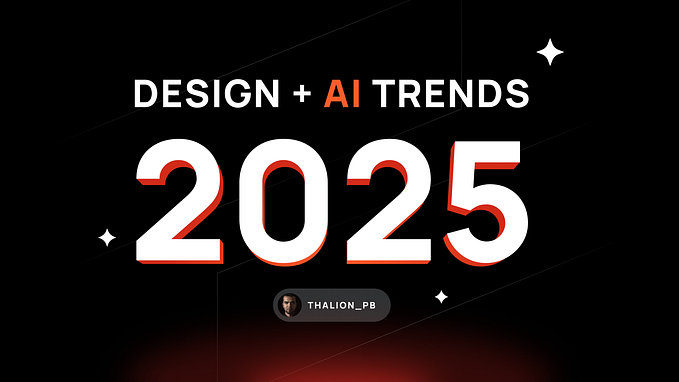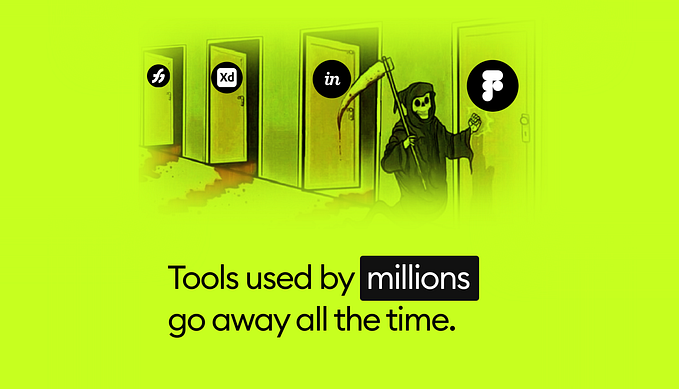
UX Analysis: What is the best navigation for a mobile phone?
The navigation of a phone operating system is one of the most underlooked aspects of a phone. People like to talk about the camera, the processor, the memory and more, but not much about how usable the navigation is.
But honestly, it deserves more credits. Most of us switch apps or navigate to the previous screen way more often than we use apps that require a lot of memory to perform.
I’ve decided to break it down into pieces, and compare between the two navigation patterns of the 2 most precious phones.
Android vs. iPhone Navigation
An easy way to identify the advantages of Android phones’ navigation is by measuring the most common use cases it tries to solve:
- How easy it is to get to the home screen
2. How easy it is to start a new task
3. How easy it is to switch between tasks
4. How easy it is to get back to the previous screen
As a power user who likes multitasking, I chose to compare these tasks as the most important thing for me when I chose my last phone.
Here’s the breakdown of this comparison:
1. How easy it is to get to the home screen

Getting back in the home screen in most Android Phones require one simple tap at the bottom of the device. This is the most basic gesture and therefore requires the least effort, which is good.
Apple changed the interaction in their latest devices and made it swipe-up from the bottom of the screen. This requires many more hand & fingers muscles to work and much more accuracy for a very common task.
Winner: Android
2. How easy it is to start a new task

Starting a completely new task in a smartphone usually means opening an app. In both iPhone and Android, the most common way to do it is to get to the home screen and tap one of the apps, so there’s not much difference between them.
Winner: Tie
3. How easy it is to switch between tasks

Multitasking is another feature that is very commonly used. I use it all the time, especially when chatting with someone while waiting for responses or quickly sweeping the notifications in all of my Social Network feeds. In desktop the screens are large, so with one click on the open software, it will open. In Android, all it takes is one tap to see the open tasks, and another tap to switch apps. In iPhones, it’s again, a swipe from the bottom, but a shorter one. Not only does it takes more muscles, but it also requires focus to not swipe too much or too little.
Winner: Android
4. How easy it is to get back to the previous screen

Going back! Some designers claim that in every state of a digital product there should be a simple way to go back. Most Android phones designers apparently supported this claim and included a back button since the early days of Android. In iPhone it’s more complicated — While Apple recommends adding a back button in the top navigation bar, app developers can design it however they like. The reason the Android option is preferred, besides lack of consistency when ‘Back’ buttons are designed separately for each app, is because tapping the top of the screen requires much more effort than tapping the bottom of the screen.
Winner: Android
Well done Google. Wait, you did what?
Overall, Android wins in 3/4 of these use-cases. So what’s wrong?
Apparently, Google added the entire iPhone X approach by removing the back button and switching to swipe up to go home / multitask for Android Q.
Thankfully, seems like it’s optional, and the simple 3 button navigation still remains.
Unlike Apple which usually chooses what’s best for their users, Android Q would support both the new fancy swipe-based navigation pattern and the classic one us Android users know and love.
Summary
There are many aspects to a design decision, and sometimes it’s hard to identify it all without the proper data. So even though I’m not a fan of this new direction, I trust the designers of Google. They’re used to having huge responsibilities and they usually don’t disappoint me. I only hope they would continue making the right design decisions, and make big changes that affect millions of people only after deep research and testing.











